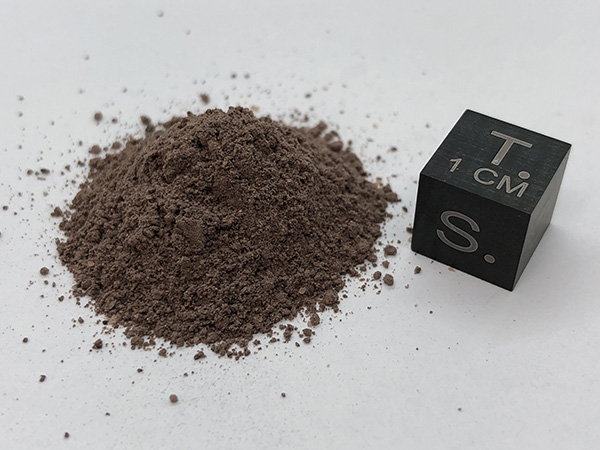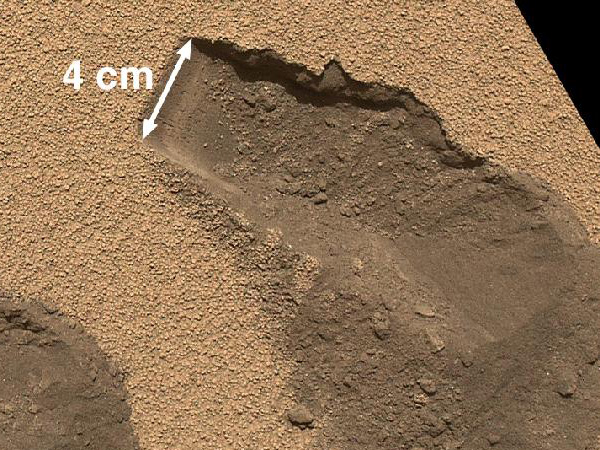Exolith Simulant: MGS-1 Mars Global Simulant
Mineralogy
The mineralogy below is the most up-to-date, superseding that described in Cannon et al. 2019.
| Mineral | Wt.% |
|---|---|
| Plagioclase | 27.1 |
| Glass-rich basalt | 22.9 |
| Pyroxene | 20.3 |
| Olivine | 13.7 |
| Mg-sulfate | 4.0 |
| Ferrihydrite | 3.5 |
| Hydrated silica | 3.0 |
| Magnetite | 1.9 |
| Anhydrite | 1.7 |
| Fe-carbonate | 1.4 |
| Hematite | 0.5 |
Bulk Chemistry
Because MGS-1 is a mineralogical standard, the bulk chemistry of simulants created from the standard will differ depending on the crystal chemistry of the source minerals used. Below, we report the latest analysis for the production version of MGS-1.
| Oxide | Wt.% |
|---|---|
| SiO2 | 45.57 |
| TiO2 | 0.30 |
| Al2O3 | 9.43 |
| Cr2O3 | 0.12 |
| FeOT | 16.85 |
| MnO | 0.10 |
| MgO | 16.50 |
| CaO | 4.03 |
| Na2O | 3.66 |
| K2O | 0.43 |
| P2O5 | 0.37 |
| SO3 | 2.63 |
| Total | 99.99 |
Physical Properties
Particle size range: 0-1 mm
Mean particle size (by volume): 105 μm
Bulk density*: 1.29 g/cm3
*Note that bulk density is not an inherent property and depends on the level of compaction
Current Status: Available
Developed By: University of Central Florida
Available From: ExolithSimulants.com
Publications: Cannon, K. M., D. T. Britt, T. M. Smith, R. F. Fritsche, and D. Batcheldor (2019), Mars Global Simulant MGS-1: A Rocknest-based Open Standard for Basaltic Martian Regolith Simulants. Icarus, 317, 470-478.
Mars Global Simulant (MGS-1) is a mineralogical standard for basaltic soils on Mars, developed based on quantitative mineralogy from the MSL Curiosity rover. It is designed to replicate the Rocknest windblown soil, that is chemically similar to other basaltic soils at disparate landing sites and thus constitutes a “global” basaltic soil composition. MGS-1 is made by sourcing individual minerals, including a proper treatment of the X-ray amorphous component. This is in contrast to previous Mars simulants that were usually sourced from a single terrestrial deposit (basalt or palagonite).
Modified versions include MGS-1S Sulfate ISRU and MGS-1C Clay ISRU, specifically designed for water extraction applications. The root MGS-1 simulant is appropriate to test water extraction from bulk regolith.
The mineral recipe and production methods are available for anyone to reproduce and modify MGS-1 based simulants as they see fit. We are distributing MGS-1 through the CLASS Exolith Lab.
Images
Photograph of an MGS-1 prototype:

MAHLI image of the Rocknest soil (credit NASA/JPL-Caltech/MSSS):
